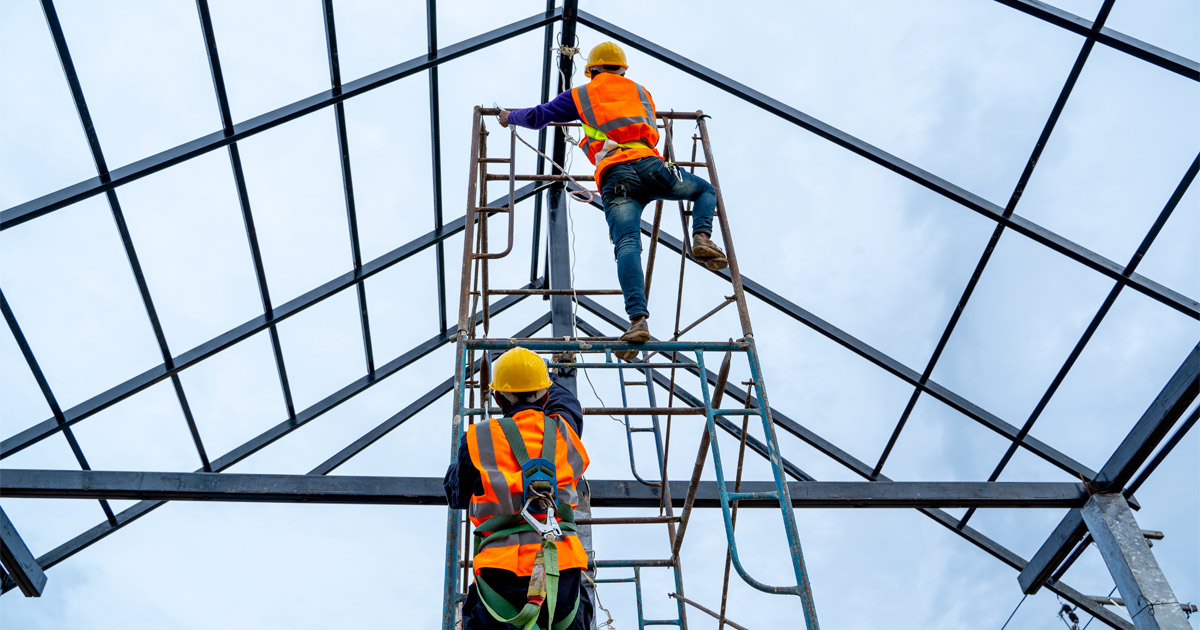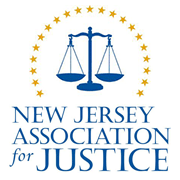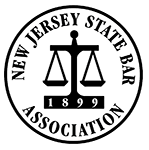The Occupational Safety and Health Administration (OSHA) has the important task of setting and enforcing workplace safety standards to reduce accidents and protect the nation’s workers. The OSHA fall protection standard is especially important because falls are among the leading causes of serious job-related injuries and deaths in this country.
Despite all that we know about the risks of falls at ground level and from heights, falls continue to be one of the top four OSHA violations year after year. The good news is safety experts and product manufacturers are working hard to alleviate fall risks with tools, equipment, and technology to make worksite safer for everyone.
What Is Fall Protection?
“Fall protection” refers to safety measures and equipment used to make it safer for individuals to work at heights. Fall protection includes things like barricades and guardrails that keep workers away from manholes, and trenches and personal arrest systems that stop workers from falling, as well as training that teaches worker to identify and resolve hazards are also considered fall protection.
Why Is Fall Protection Important?
Fall protection is important because falls are one of the most common types of job-related accidents that occur every year. One in five falls results a severe injury like broken bone or a head, neck, or spine injury. Falls send more than 800,000 patients to the emergency room every year and are the leading cause of traumatic brain injuries (TBI) among other serious conditions.
What Are OSHA Fall Protection Standards?
OSHA has specific guidelines for employers to prevent workers from falling from elevated workstations and platforms and from falling into holes in walls or floors. Depending upon the industry, OSHA requires fall protection at elevations ranging from four feet to eight feet, or when working over dangerous machinery and equipment at any height.
Advancements in Fall Protection
Overall, advances in fall protection are being made to make soft and hard safety equipment more comfortable, versatile, user-friendly, and customized for certain jobs tasks and industries. Let us explore some of the innovations and advances in fall protection equipment that have made job sites safer in recent years.
Improved Comfort and Function for Soft Goods
“Soft goods” include harnesses, lanyards, and other items that are worn on the body. These materials are typically the first to wear out and require replacing. In recent years, soft goods have become more durable and moisture-resistant to hold up longer. They are also softer and less abrasive to improve worker comfort.
More Efficient and Versatile Hard Goods
“Hard goods” include self-retracting lifelines and anchors and systems designed to eliminate the need for a separate rescue system on the job site. Self-retracting lifelines and some rescue devices automatically lower the worker down or create a controlled descent in the event of a fall. Manufacturers are also working to make these devices lighter and more resistant to the elements so they work better and last longer.
Self-Rescue Is an Important Feature of Fall Protection
“Self-rescue” is an important concept in fall protection. A self-rescue apparatus allows the user to return to a safe location without assistance from another person after a fall arrest. This is important for isolated in areas where others may not be immediately available. It eliminates the need for assisted rescue drills and authorized rescuers after a fall.
Technology To Prevent Falls and Protect Workers
Field-learning apps are another innovation in fall protection that allow employees to participate in safety training without the risk of real-world scenarios. Here are some of the exciting developments in technology to help workers understand fall hazards, choose the proper fall protection, and reduce the chance of debilitating accidents.
Wearable Technology
Apple Watch, Wake Cap, and the Spot-r system are three types of wearable tech that track and monitor employees working in high-risk locations. The Apple Watch not only detects vitals and other warning signs that someone is in distress, but the dedicated fall protection feature alerts coworkers and emergency contacts if the user falls.
Safety Training Apps
Fall prevention training apps are the result of partnership between safety experts and game programmers. These apps allow workers to test and build their knowledge of common fall protection practices and gear. In the Harness Hero app, users decide how and where to anchor. They learn to inspect equipment for rust, rips, or tears and see if their choices are enough to save the “player” from serious injuries in a fall.
Virtual Reality
With virtual reality (VR) software, users are transported into immersive experiences that are fully isolated from the real world, typically through headset devices. Within realistic virtual environments, workers react and respond to fall risks without actually being in harm’s way.
Augmented Reality
Augmented reality (AR) combines digital elements and real-world views, allowing users to interact with both “worlds.” The Fall Protection Configurator by 3M allows users to insert, view, and position accurately-scaled 3-D fall protection models into custom work environments to determine if they work for the location at hand.
What To Do If You are Injured in a Fall at Work?
While all of these advances are making huge strides in fall protection, workplace falls are still an ever-present hazard. If you are injured in a job-related fall, your first priority should always be to get proper medical attention. In an emergency situation, have someone call 911. Otherwise, report the accident to your employer and see your doctor as soon as possible. Some injuries are not immediately obvious, and others develop or worsen over time. So even if you feel okay after falling, it is still a good idea to get checked out by your healthcare provider in a timely manner.
Workers’ Compensation in New Jersey
The workers’ compensation system in New Jersey provides payments, medical care, vocational rehab, and other services to help injured and ill workers return to work as soon as possible. Depending upon a worker’s diagnosis, they may be eligible to receive full or partial benefits on a temporary or permanent basis.
If you get hurt on the job, consider hiring an employment law attorney who focuses their practice on workers’ compensation cases. They can help you navigate the claim process, pursue fair compensation, and appeal a claim that has been denied.
Cherry Hill Workers’ Compensation Lawyers at Pietras Saracino Smith & Meeks, LLP, Advocate for Injured Workers Across New Jersey
Workers who get hurt or become ill through no fault of their own may feel overwhelmed by the workers’ compensation process. Our experienced Cherry Hill workers’ compensation lawyers at Pietras Saracino Smith & Meeks can help. Call us at 856-761-3773 or fill out our online form to schedule a free consultation in our Cherry Hill location. Our team is proud to represent clients across South Jersey including the communities of Camden, Cinnaminson, Delran, Maple Shade, and Pennsauken.







